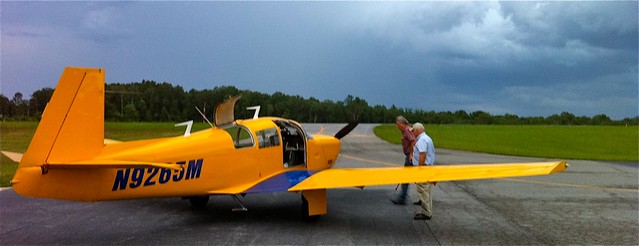Albany Tom
En-Route
- Joined
- Jul 23, 2021
- Messages
- 3,485
- Display Name
Display name:
Albany Tom
I did a non-scientific exploration of this when I was flying RC a lot. That might not seem relevant, and it is different, but flying RC if you can't see the plane and determine its orientation, you're going to lose it. Here in upstate NY, there are conditions that make the typical mostly white airplane tough to see, like when it's backlit and you're looking up into the light sky or clouds. So I tried painting it bright orange. That worked great against the sky in almost all cases. But at dusk, it was quite a bit harder to see against a tree line than white. As it gets darker, you lose a bit of color vision. So version two was a mix of white and orange. That worked great. Visible against the trees or sky, in bright or dark conditions. It gives a contrast of color and brightness.
Another pilot said my plane looked like a creamsicle. Maybe! But it was really easy to see.
These guys have big orange tails, but believe it or not it doesn't stand out that much from the ground:
https://www.109aw.ang.af.mil/About/Fact-Sheets/Display/Article/449363/lc-130-hercules/
They would be a lot easier to see in the air if they were bright white, but I'm pretty sure the tail is just for visibility against the snow on ground. Or maybe so you don't lose your aircraft if the snow is really, really deep.
Half bright white and half that color orange IS really easy to see.
Another pilot said my plane looked like a creamsicle. Maybe! But it was really easy to see.
These guys have big orange tails, but believe it or not it doesn't stand out that much from the ground:
https://www.109aw.ang.af.mil/About/Fact-Sheets/Display/Article/449363/lc-130-hercules/
They would be a lot easier to see in the air if they were bright white, but I'm pretty sure the tail is just for visibility against the snow on ground. Or maybe so you don't lose your aircraft if the snow is really, really deep.
Half bright white and half that color orange IS really easy to see.







